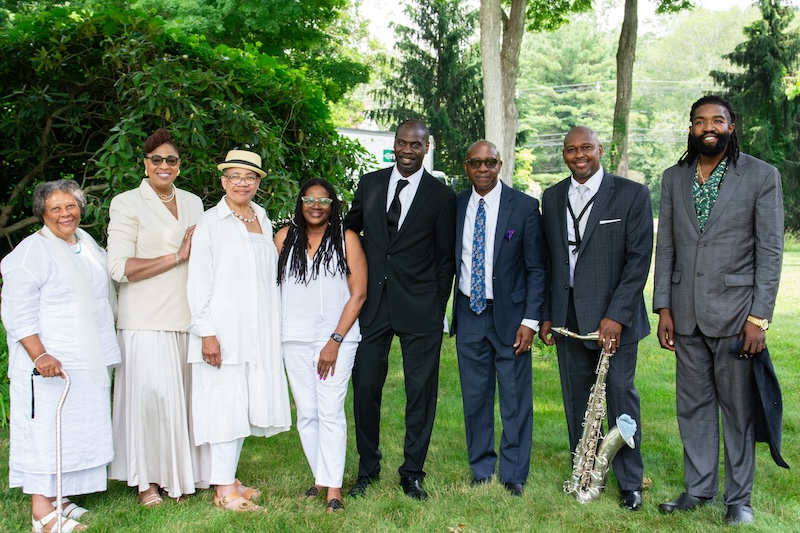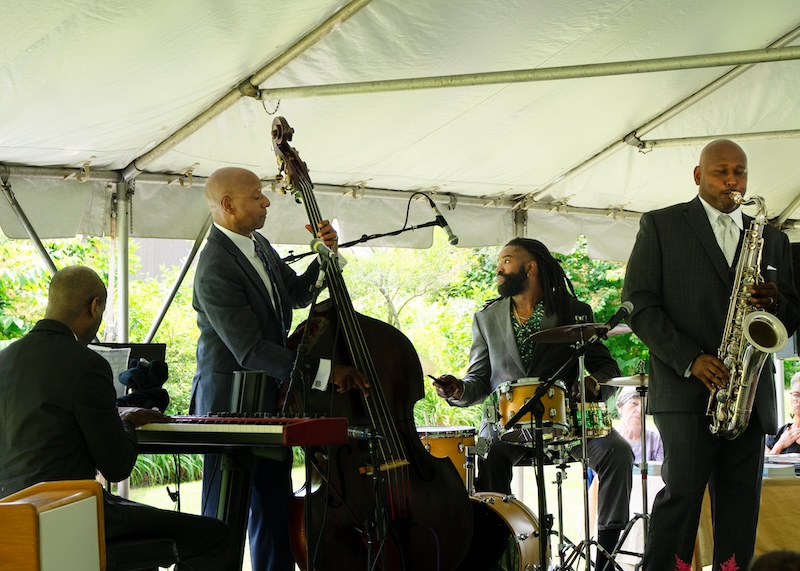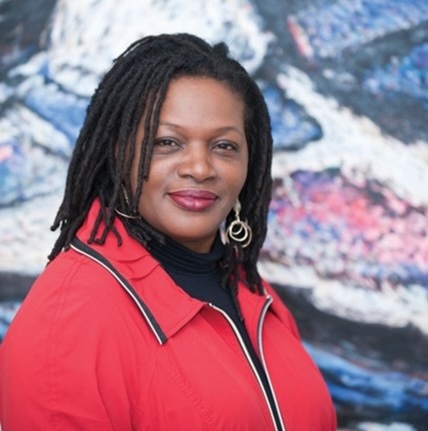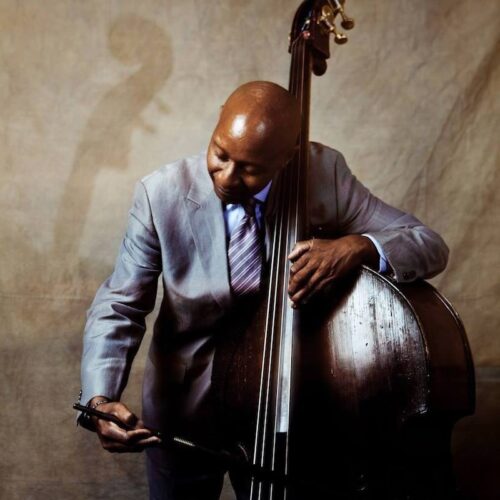
In LymeLine.com on June 16, 2024
OLD LYME—On Saturday, June 22, Witness Stones Old Lyme presented a celebratory event filled with jazz and poetry on the lawn of the Florence Griswold Museum. This event honored Juneteenth, a federal holiday celebrating the emancipation of enslaved African Americans, and offered a vibrant fusion of music and spoken word.
Over 150 attendees experienced a powerful, moving, and joyful afternoon enriched by a harmonious blend of jazz and poetry.

Acclaimed Connecticut poets Marilyn Nelson, Kate Rushin, Rhonda Ward, and Antoinette Brim-Bell offered a range of work that mixed humor with poignant recollections and included tributes in verse to those once enslaved in historic Lyme. The poets’ words memorably captured forgotten voices and vividly brought to life the experience of bondage in the Lyme-Old Lyme community.

The celebration showcased the Nat Reeves Quartet, with Nat Reeves on bass joined by saxophonist Abraham Burton, pianist James Austin, Jr., and percussionist Michael Ode. Both Nat Reeves—a renowned figure in the jazz world for over 40 years—and Abraham Burton have contributed significantly to the genre as performers and educators, who train and inspire new generations of jazz musicians.

The quartet’s stirring presentation combined with the poets’ voices offered attendees a reflective and uplifting experience honoring the legacy and cultural contributions of African Americans.
The Juneteenth celebration, held on a former site of enslavement, highlighted the importance of remembering and honoring the past and served as a reminder of the continuing struggle for freedom and equality.








